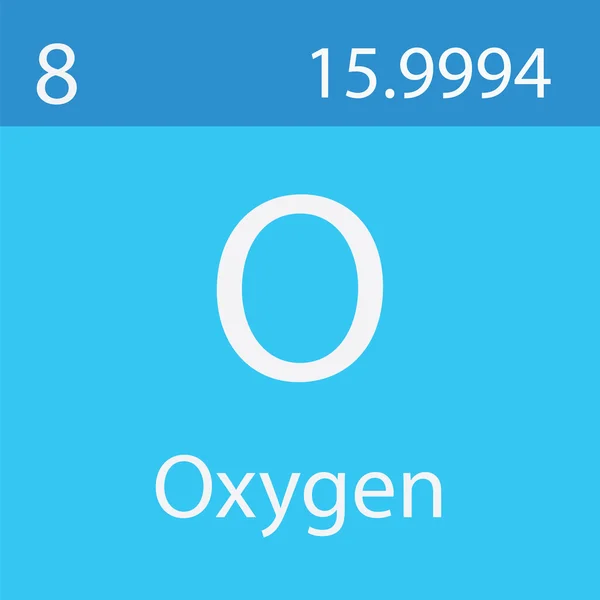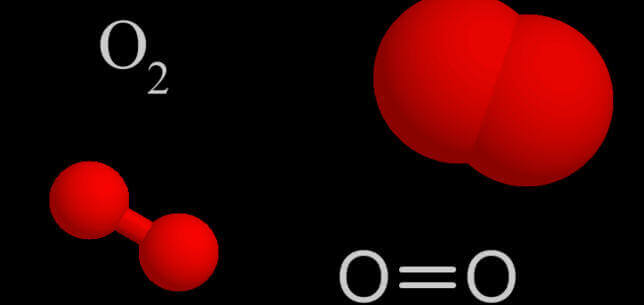- Comparison of properties
Oxygen (O), nonmetallic chemical element of Group 16 (VIa, or the oxygen group) of the periodic table. Oxygen is a colourless, odourless, tasteless gas essential to living organisms, being taken up by animals, which convert it to carbon dioxide; plants, in turn, utilize carbon dioxide as a source of carbon and return the oxygen to the atmosphere.
Oxygen is the chemical element with the symbol O and atomic number 8. It is a member of the chalcogen group in the periodic table, a highly reactive nonmetal, and an oxidizing agent that readily forms oxides with most elements as well as with other compounds. Oxygen (O), nonmetallic chemical element of Group 16 (VIa, or the oxygen group) of the periodic table. White speedylock differential 1800. Oxygen is a colourless, odourless, tasteless gas essential to living organisms, being taken up by animals, which convert it to carbon dioxide; plants, in turn, utilize carbon dioxide as a source of carbon and return the oxygen to the atmosphere.
Our editors will review what you’ve submitted and determine whether to revise the article.
 Join
Join  Britannica's Publishing Partner Program and our community of experts to gain a global audience for your work! Robert C. Brasted
Britannica's Publishing Partner Program and our community of experts to gain a global audience for your work! Robert C. BrastedOxygen Element Symbol
Oxygen group element, also called chalcogen, any of the six chemical elements making up Group 16 (VIa) of the periodic classification—namely, oxygen (O), sulfur (S), selenium (Se), tellurium (Te), polonium (Po), and livermorium (Lv). A relationship between the first three members of the group was recognized as early as 1829; tellurium was assigned its place by 1865, and polonium was discovered in 1898. In 2000, Russian and American physicists created livermorium, the sixth member of Group 16, in a particle accelerator.
Oxygen Element Model
Natural occurrence and uses
Estimates of the proportions of the various kinds of atoms in the universe put oxygen fourth in abundance, after hydrogen, helium, and neon, but the importance of such a ranking is slight, since hydrogen atoms account for almost 94 percent of the total and helium for most of the rest. About three atoms out of 10,000 are oxygen, but because the mass of an oxygen atom is approximately 16 times that of a hydrogen atom, oxygen constitutes a larger fraction of the mass of the universe, though still only about 0.5 percent. In the regions ordinarily accessible to man, however—i.e., within a few kilometres of the surface of the Earth—oxygen is the most abundant element: in mass, it makes up about 20 percent of the air, about 46 percent of the solid crust of the Earth, and about 89 percent of the water.
Oxygen is represented by the chemical symbol O. In the air, oxygen exists mostly as molecules each made up of two atoms (O2), although small amounts of ozone (O3), in which three atoms of oxygen make up each molecule, are present in the atmosphere. Oxygen is a colourless, odourless, tasteless gas essential to living organisms, being taken up by animals, which convert it to carbon dioxide; plants, in turn, utilize carbon dioxide as a source of carbon and return the oxygen to the atmosphere. Oxygen forms compounds by reaction with practically any other element, as well as by reactions that displace elements from their combinations with each other; in many cases, these processes are accompanied by the evolution of heat and light and in such cases are called combustions.

In cosmic abundance, sulfur ranks ninth among the elements, accounting for only one atom of every 20,000–30,000. Sulfur occurs in the uncombined state as well as in combination with other elements in rocks and minerals that are widely distributed, although it is classified among the minor constituents of the Earth’s crust, in which its proportion is estimated to be between 0.03 and 0.06 percent. On the basis of the finding that certain meteorites contain about 12 percent sulfur, it has been suggested that deeper layers of the Earth contain a much larger proportion. Seawater contains about 0.09 percent sulfur in the form of sulfate. The most important source is underground deposits of very pure sulfur present in domelike geologic structures where the sulfur is believed to have been formed by the action of bacteria upon the mineral anhydrite, in which sulfur is combined with oxygen and calcium. Deposits of sulfur in volcanic regions probably originated from gaseous hydrogen sulfide generated below the surface of the Earth and transformed into sulfur by reaction with the oxygen in the air.
Sulfur exists under ordinary conditions as a pale yellow, crystalline, nonmetallic solid; it is odourless and tasteless, combustible, and insoluble in water. Its chemical symbol is S. It reacts with all metals except gold and platinum, forming sulfides; it also forms compounds with several of the nonmetallic elements. Several million tons of sulfur are produced each year, mostly for the manufacture of sulfuric acid, which is widely used in industry.
The element selenium (symbol Se) is much rarer than oxygen or sulfur, comprising approximately 90 parts per billion of the crust of the Earth. It is occasionally found uncombined, accompanying native sulfur, but is more often found in combination with heavy metals (as copper, mercury, lead, or silver) in a few minerals. The principal commercial source of selenium is as a by-product of copper refining; its major uses are in the manufacture of electronic equipment, in pigments, and in making glass. The gray, metallic form of the element is the most stable under ordinary conditions; this form has the unusual property of greatly increasing in electrical conductivity when exposed to light. Selenium compounds are toxic to animals; plants grown in seleniferous soils may concentrate the element and become poisonous.
Tellurium is a silvery-white element (symbol Te) with properties intermediate between those of metals and nonmetals; it makes up approximately one part per billion of the Earth’s crust. Like selenium, it is less often found uncombined than as compounds of metals such as copper, lead, silver, or gold, and is obtained chiefly as a by-product of the refining of copper or lead. No large use for tellurium has been found.
Oxygen Link Activate

Polonium (symbol Po) is an extremely rare, radioactive element found in minerals containing uranium. It has some scientific applications as a source of alpha radiation.
Oxygen Element Box
- related topics
